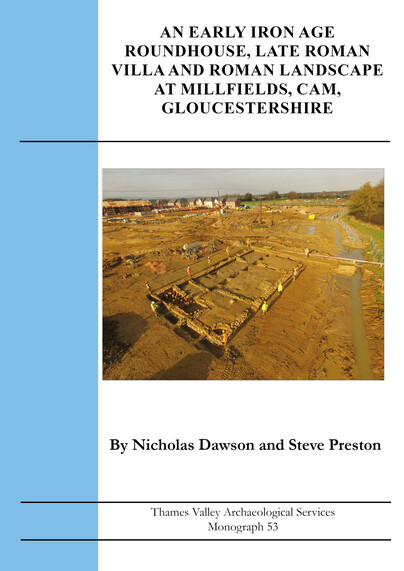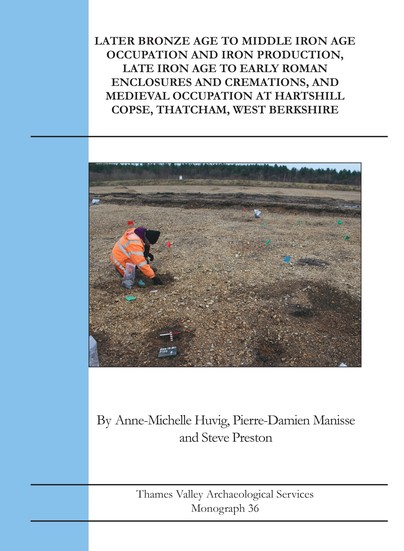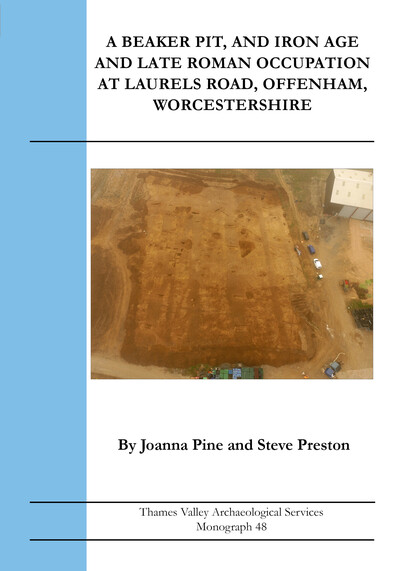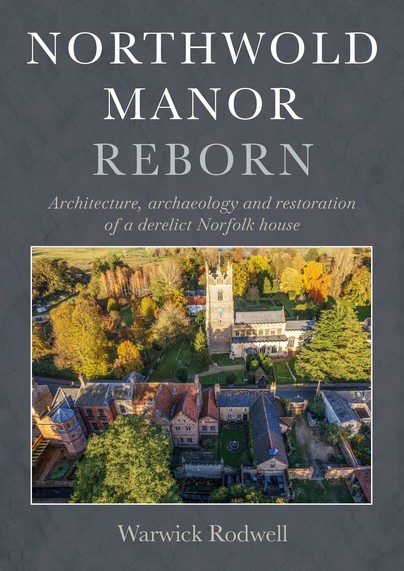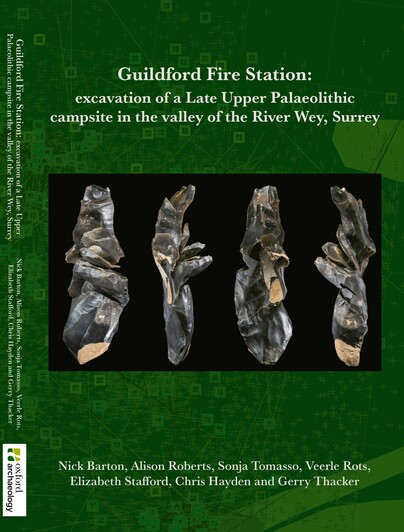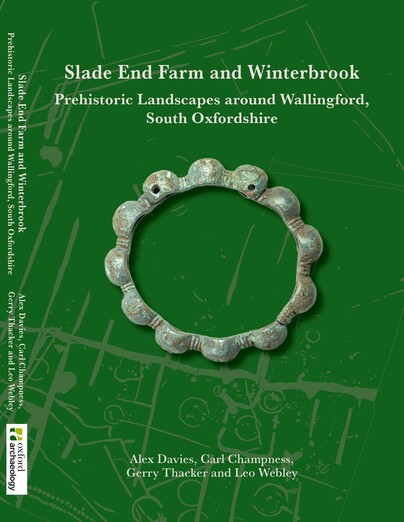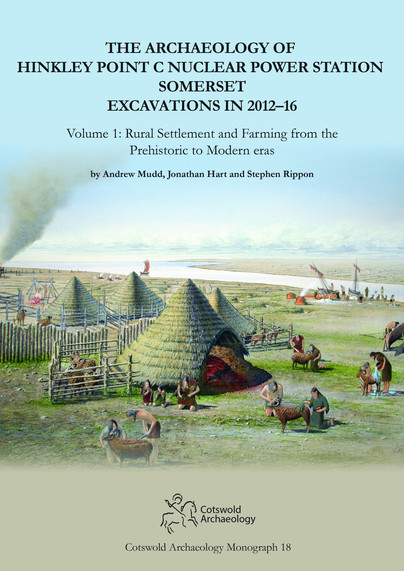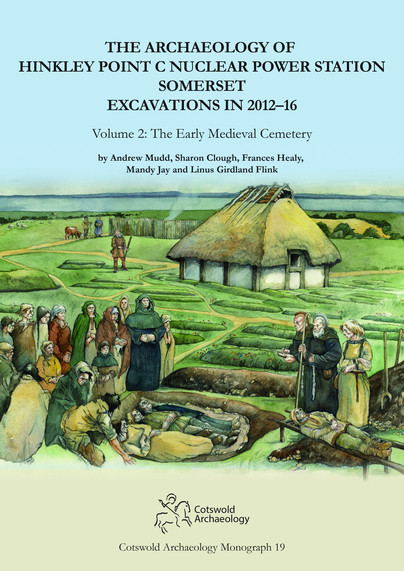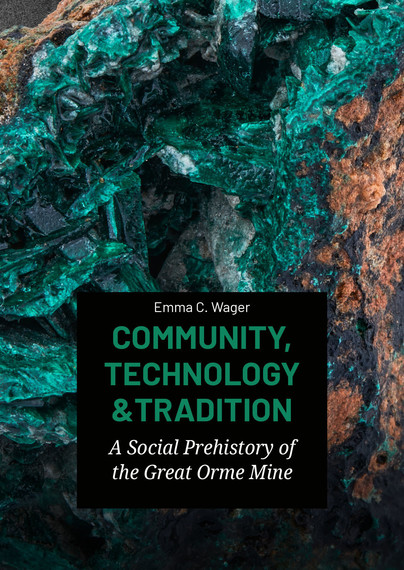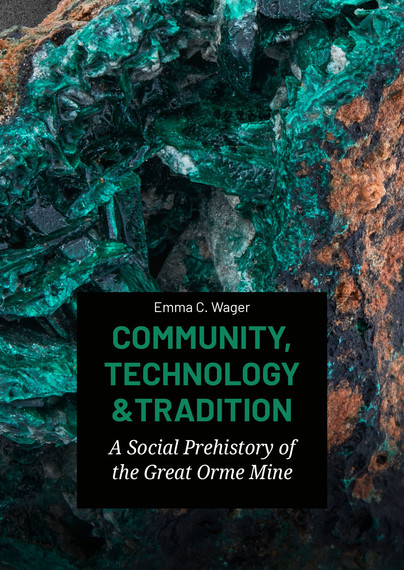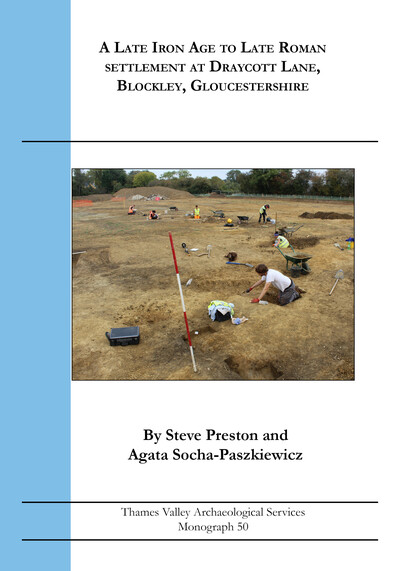
Format: Paperback
Pages: 121
ISBN: 9781911228738
Pub Date: 31 Jul 2024
Series: TVAS Monograph Series
Description:
Archaeological excavation revealed a latest Iron Age to Roman settlement typical of the Cotswold Hills for this period. The fieldwork revealed a complex settlement comprising numerous ditched (and hedged) pens, paddocks and enclosures which had been re-ordered on numerous occasions. The settlement was not enclosed per se but was aligned on a nearby ditched trackway.


